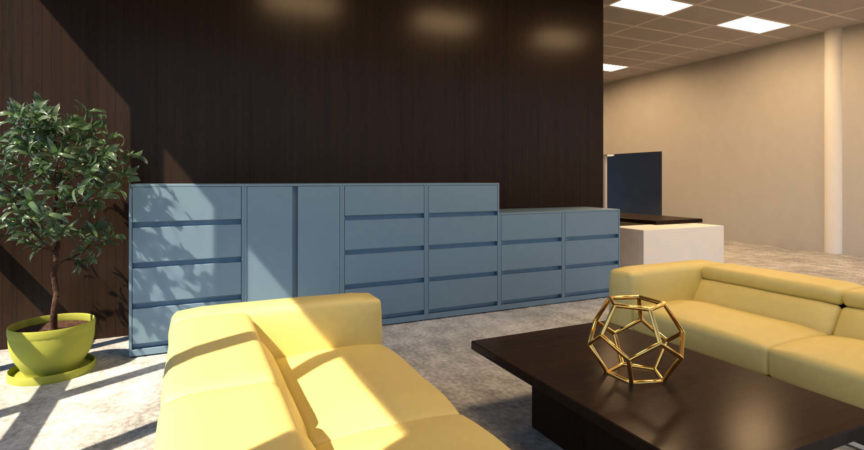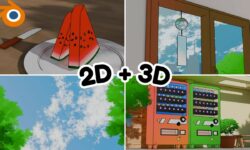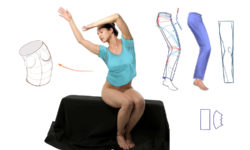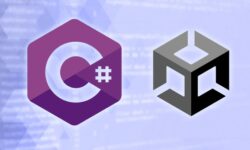3ds Max 2020 Essential Training
Release date:2019, March 27
Duration:10 h 55 m
Author:Aaron F. Ross
Skill level:Beginner
Language:English
Exercise files:Yes
3ds Max is best known for its modeling and rendering tools. These strengths come into play in architecture, manufacturing, game development, industrial design, and motion graphics. There are dozens of features and techniques to master, from sculpting and texturing to lighting and rendering. This course covers 3ds Max from the ground up, providing an overview of the entire package, as well as essential skills that 3D artists need to create professional models and animations. Learn how to get around the 3ds Max interface and customize it to suit your preferences. Discover how to model different objects using splines, polygons, subdivision surfaces, and freeform modeling. Instructor Aaron F. Ross also shows how to construct hierarchies, add cameras and lights, animate with keyframes, and more.
Topics include:
Customizing the interface
Duplicating and collecting objects
Modeling with splines
Parametric modeling with modifiers
Polygon and subdivision surface modeling
Freeform modeling
Framing shots with cameras
Lighting with daylight
Building materials
Mapping textures
Linking objects in hierarchies
Creating and editing keyframes
Rendering an image sequence





 Channel
Channel





